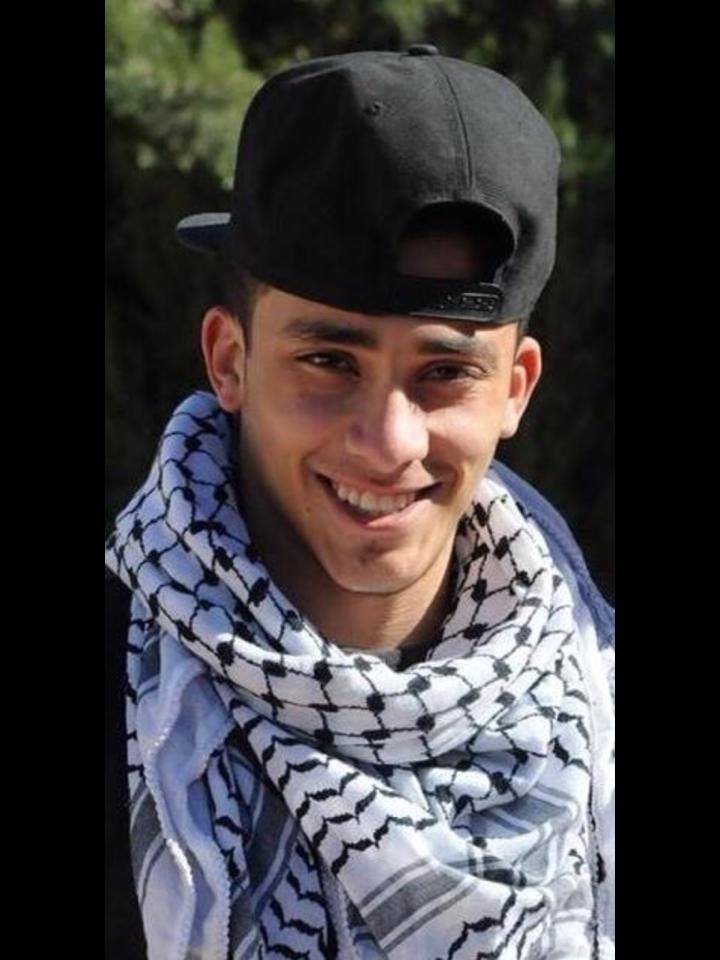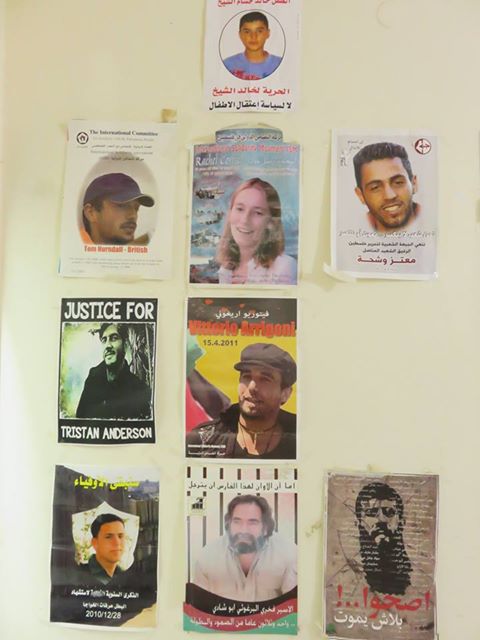Tag: Live Ammunition
-
Justice for Nadeem? Attorney General rumored to drop manslaughter charges against soldier who killed Nadeem Nuwara
17th January 2017 | International Solidarity Movement, al-Khalil Team | Ramallah, Occupied Palestine Palestinian teen, Nadeem Nuwara, was fatally shot in the chest by Israeli forces on Nakba Day, 2014. 17-year-old Nadeem allegedly threw a stone at soldier, Ben Dery, who proceeded to fire live ammunition in return. Israeli Forces killed both Nuwara and another…
-
Remembering Tom Hurndall
16th January 2017 | International Solidarity Movement, ISM Australia | Gaza, occupied Palestine It’s 13 years since Tom Hurndall, a British activist with ISM, was shot in the head while trying to carry a small boy away from a conflict zone in Gaza. His face was among a wall of martyrs I saw on arrival…
-
In memory of Tom Hurndall
13th January 2017 | International Solidarity Movement, al-Khalil team | Gaza, occupied Palestine January 13th, 2017 marks the 13th anniversary of British ISM activist, Tom Hurndall’s, death. He was shot in the head by Israeli forces in Gaza, while working with other ISM members to peacefully protest the shooting by Israeli forces in the Yibna…



